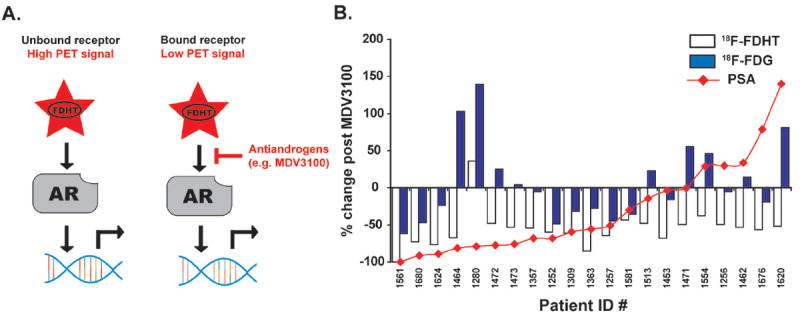Figure 2. Monitoring the pharmacodynamics of antiandrogen therapies with the radioligand 18F-FDHT.

A. A schematic representation of how the radioligand 18F-FDHT is applied in man to assess AR expression levels and receptor occupancy by drug. In the context of CRPC, pathological activation of AR often occurs despite low circulating levels of androgens, allowing the radiotracer 18F-FDHT to bind AR in prostate cancer lesions. When applied post antiandrogen therapy, the absence of 18F-FDHT binding can indicate that AR is effectively engaged by drug. B. A pilot study showing that 18F-FDHT can be used to interpret dose selection of antiandrogens in man. Patients were scanned with 18F-FDHT prior to enrolling in the phase I/II trial, and after 4 weeks of therapy, scanned again to assess receptor blockade by MDV3100. Although SUVmax values almost uniformly declined in this cohort—pointing to effective engagement of AR by MDV3100—percent changes in serum PSA or 18F-FDG SUVmax values did not overlay in an interpretable fashion with these 18F-FDHT “responses”, further pointing to a need for imaging agents that measure AR pathway signaling output directly.
